Dozens of major transformations to transport Scotland over the next 20 years have been officially recommended by the Scottish Government.
From tunnels between islands to investment in the Aberdeen Rapid Transit plan, the second Strategic Transport Projects Review (STPR2) report contains a total of 45 recommendations, 38 of which are already underway.
Michael Matheson, the cabinet secretary for net zero, energy and transport said the final publication this week is a “key milestone for transport planning in Scotland, setting out a 20 year framework for capital investment to drive the change we need to reach our ambitious — and essential — net zero goals”.
But what are the nuts and bolts of the wide-ranging recommendations?
Here are the five key recommendations from STPR2 that will affect the north-east, Highlands and islands of Scotland.
1. Major railway station overhauls
After the upgrade of Glasgow Queen Street’s railway station, as well as improvements in Aberdeen and Stirling, the Scottish Government is also recommending the upgrades of four other key stations.
The report has recommended the redevelopment of Edinburgh Waverley, Glasgow Central, Perth and Inverness railway stations.
It is hoped that with investment in these stations, some of which are starting to show their age, it could help get more people travelling by rail, which would help to reduce the transport sector’s carbon footprint.
2. Aberdeen Rapid Transit
Last month, Nestrans officially launched its campaign to create an Aberdeen Rapid Transit service to serve the Granite City and outlying communities, with a price tag of £150 million.
When they launched their campaign to get the wheels moving on the ambitious proposals, Nestrans director Rab Dickson said it could create a system of vehicles similar to buses that would rival the Edinburgh trams, or Glasgow’s subway.
The STPR2 recommends that Transport Scotland continues to work with Nestrans, as well as Aberdeen and Aberdeenshire councils to develop the proposals.
The report said: “This would improve region-wide connectivity and encourage a switch from car to public transport, and more sustainable travel options.”
3. Access to Argyll (A83)
The report highlights one of Scotland’s most troubled roads, the A83 from Tarbert to Campbeltown, and the problems it has repeatedly faced over the years due to landslips and other factors near and around the Rest and Be Thankful section.
Unfortunately the crucial route is often shut due to severe weather, landslides and flooding.
The STPR2 says the ongoing closures have a “significant negative impact on the region and its economy”, and that closures can result in detours “of up to 50 miles for residents, businesses and visitors”.
It is recommended in the report that work continues on “developing a more reliable route”.
The report added: “New or improved road infrastructure to address these closures would improve the reliability of the route as a vital artery through ARgyll, as a connection for both the Kintyre and Cowal peninsulas, and as one of the only two trunk roads linking Argyll and Bute to the central belt.”
4. Rail enhancements for the Highlands Main Line and the Perth-Dundee-Aberdeen corridor
The STPR2 documentation recommends a major programme of “strategic rail enhancements” in order to “improve journey times and increase capacity and reliability for passenger and freight services”.
It recommends focusing these enhancements on the Highland Main Line rail corridor, the Perth-Dundee-Aberdeen corridor, and also the Edinburgh/Glasgow-Perth/Dundee corridor.
The report said that future passenger rail investment should be “targeted on the strongest city to city markets, as these are the routes where the greatest value from improvements would be realised”.
For the Highland Main Line, these improvements recommended would include “new and longer passing loops”.
For the other enhancement programmes, they would include “junction upgrades and permissible speed increases”, as well as looking at the possibility of allowing for “taller and wider trains”.
5. Potential Sound of Harris, Sound of Barra fixed link, and fixed link between Mull and Scottish mainland (…that could involve tunnels or bridges)
The latest STPR2 report acknowledges the current issues facing many islanders with ferries.
It said: “The current ferry routes on the Sound of Harris, Sound of Barra and between Mull and the Scottish mainland face a number of issues and challenges.
“Replacing ferry services with fixed links, (bridges, causeways and/or tunnels) can improve reliability, connectivity, capacity and travel times, and allow for the wider reconfiguration of ferry services”.
The report recommends that further work be undertaken on business cases to “better understand the benefits, costs and challenges associated with these options”.
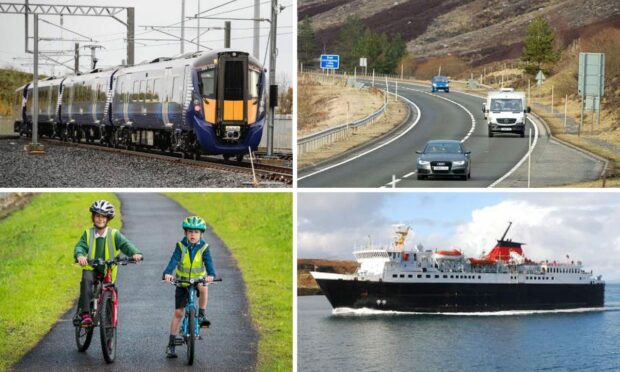
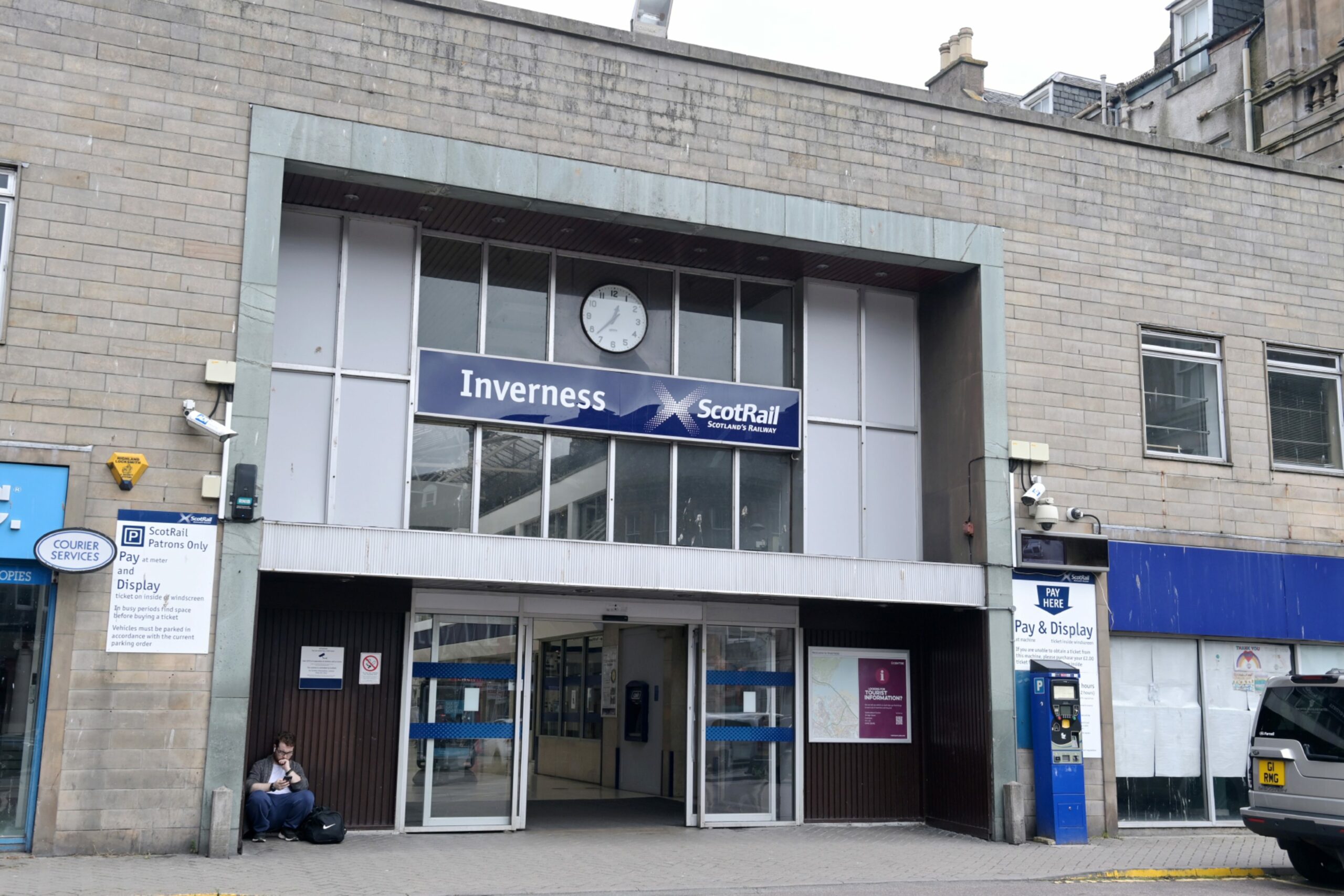
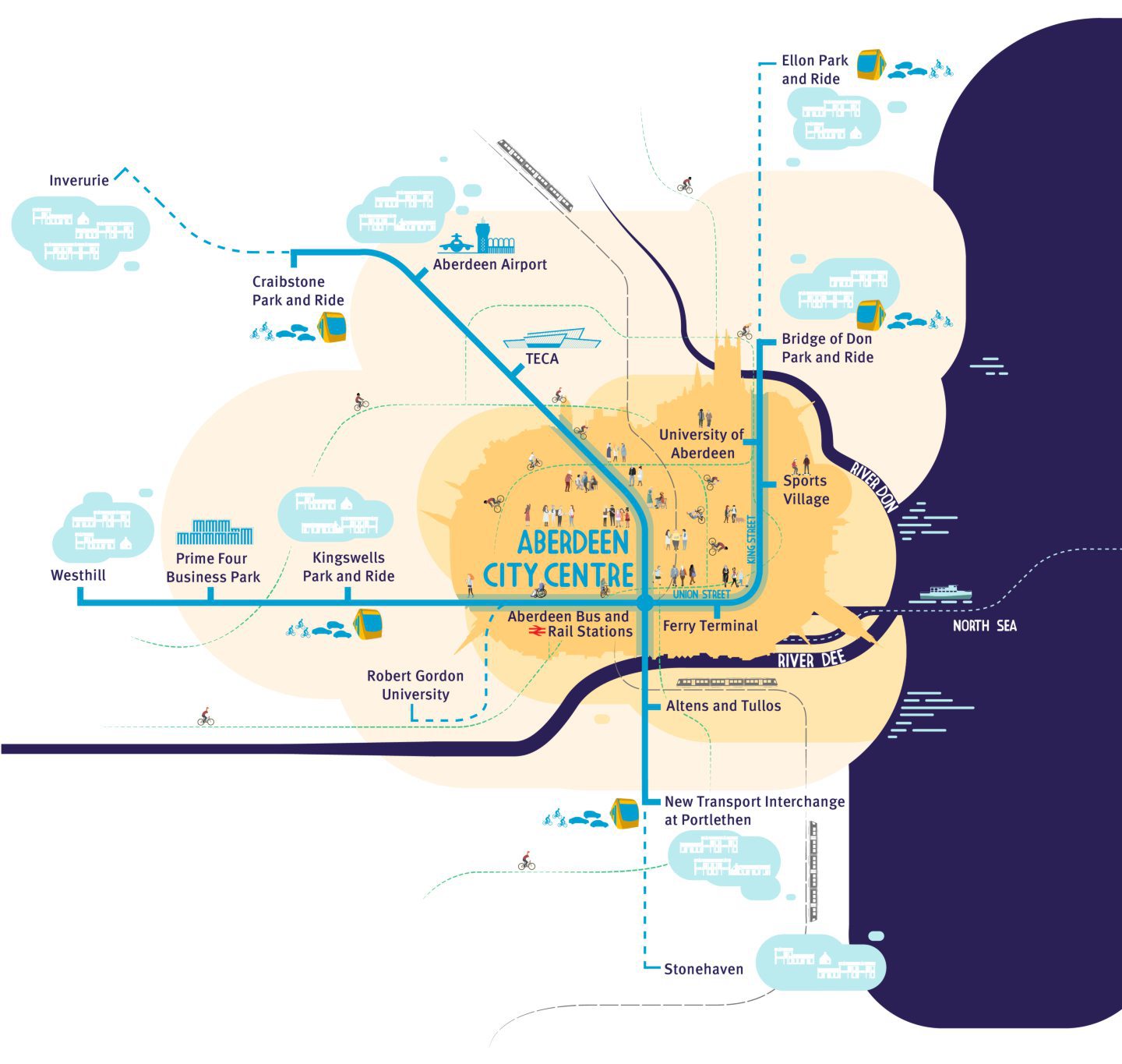
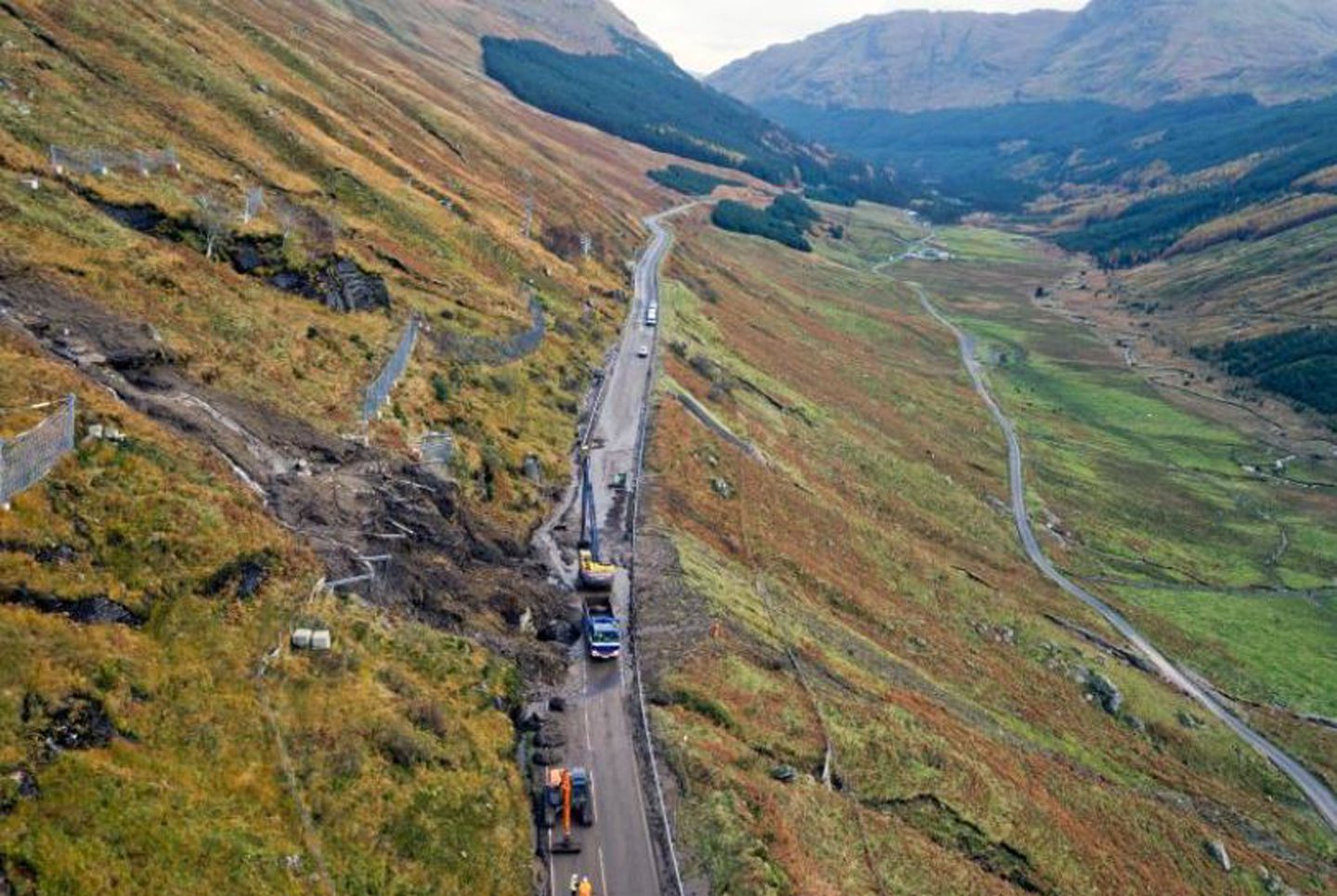
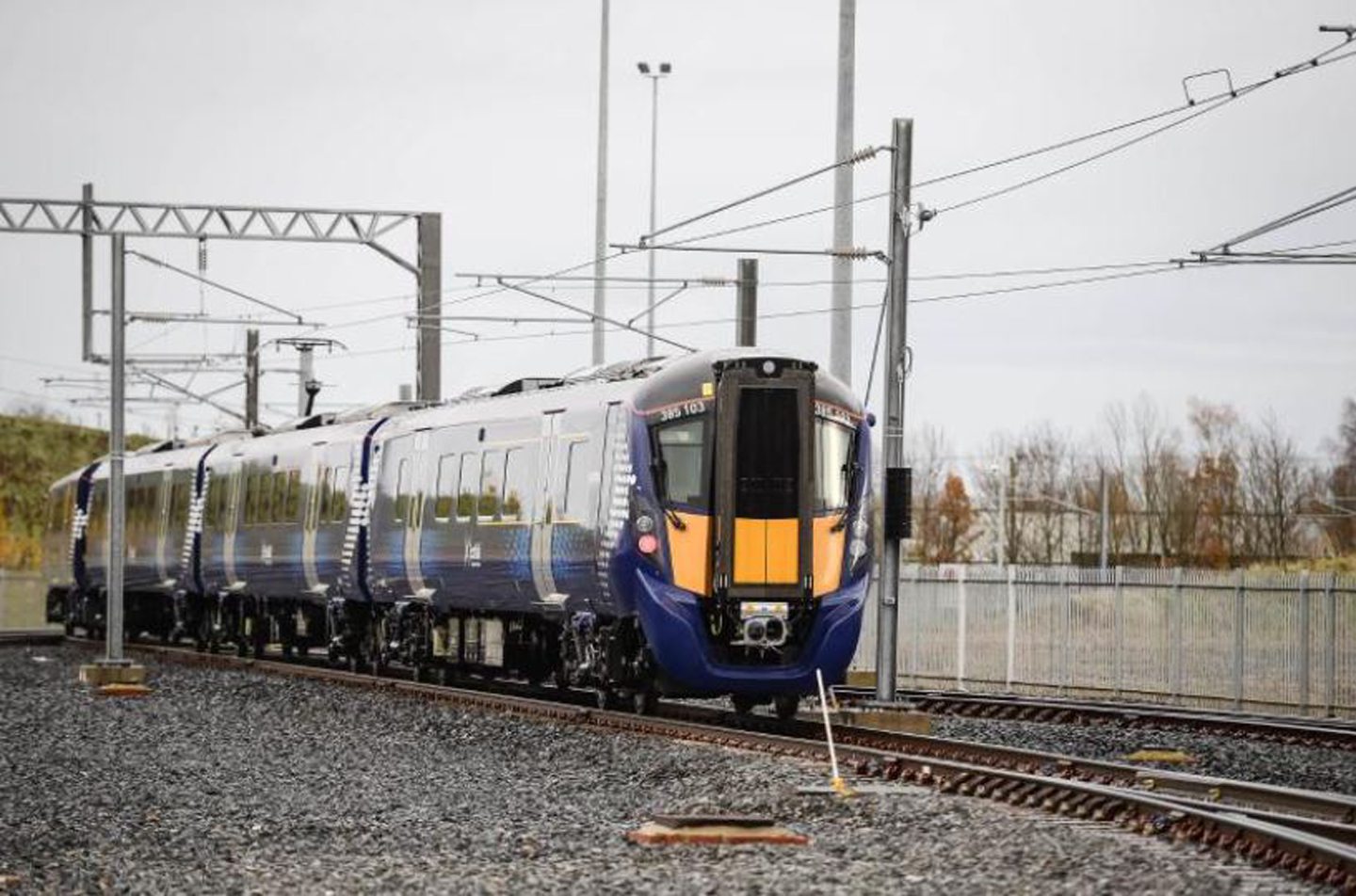

Conversation